Product Marketing →
→

- 05 Dec 2023
- Cold Call Podcast
Tommy Hilfiger’s Adaptive Clothing Line: Making Fashion Inclusive
In 2017, Tommy Hilfiger launched its adaptive fashion line to provide fashion apparel that aims to make dressing easier. By 2020, it was still a relatively unknown line in the U.S. and the Tommy Hilfiger team was continuing to learn more about how to serve these new customers. Should the team make adaptive clothing available beyond the U.S., or is a global expansion premature? Assistant Professor Elizabeth Keenan discusses the opportunities and challenges that accompanied the introduction of a new product line that effectively serves an entirely new customer while simultaneously starting a movement to provide fashion for all in the case, “Tommy Hilfiger Adaptive: Fashion for All.”

- 17 Oct 2023
- HBS Case
With Subscription Fatigue Setting In, Companies Need to Think Hard About Fees
Subscriptions are available for everything from dental floss to dog toys, but are consumers tiring of monthly fees? Elie Ofek says that subscription revenue can provide stability, but companies need to tread carefully or risk alienating customers.

- 31 May 2023
- Research & Ideas
With Predictive Analytics, Companies Can Tap the Ultimate Opportunity: Customers’ Routines
Armed with more data than ever, many companies know what key customers need. But how many know exactly when they need it? An analysis of 2,000 ridesharing commuters by Eva Ascarza and colleagues shows what's possible for companies that can anticipate a customer's routine.

- 30 May 2023
- Research & Ideas
Can AI Predict Whether Shoppers Would Pick Crest Over Colgate?
Is it the end of customer surveys? Definitely not, but research by Ayelet Israeli sheds light on the potential for generative AI to improve market research. But first, businesses will need to learn to harness the technology.
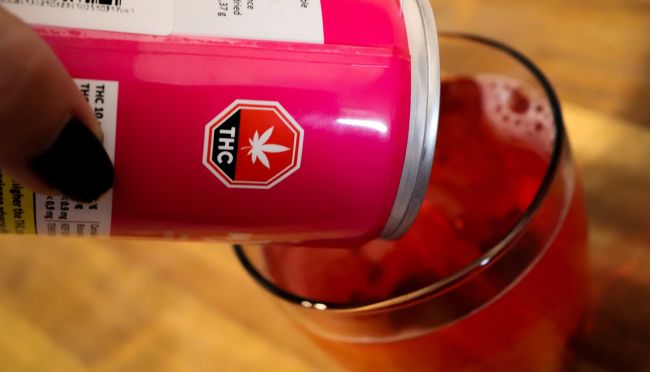
- 24 Apr 2023
- HBS Case
What Does It Take to Build as Much Buzz as Booze? Inside the Epic Challenge of Cannabis-Infused Drinks
The market for cannabis products has exploded as more states legalize marijuana. But the path to success is rife with complexity as a case study about the beverage company Cann by Ayelet Israeli illustrates.

- 06 Dec 2022
- Research & Ideas
Latest Isn’t Always Greatest: Why Product Updates Capture Consumers
Consumers can't pass up a product update—even if there's no improvement. Research by Leslie John, Michael Norton, and Ximena Garcia-Rada illustrates the powerful allure of change. Are we really that naïve?
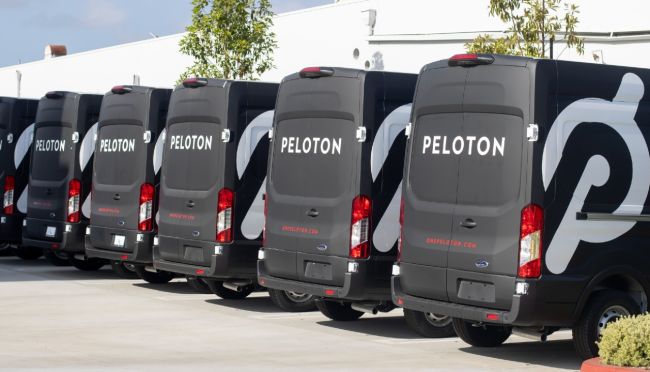
- 30 Jun 2022
- HBS Case
Peloton Changed the Exercise Game. Can the Company Push Through the Pain?
When COVID-19 closed gyms, seemingly everyone rushed to order a Peloton bike and claim a spot on the company's signature leader board. And then things quickly went downhill. A case study by Robert Dolan looks at the tough road the exercise equipment maker faces.

- 29 Sep 2021
- Research & Ideas
For Entrepreneurs, Blown Deadlines Can Crush Big Ideas
After a successful launch, entrepreneurs struggle to anticipate the complexities of product upgrades, says research by Andy Wu and Aticus Peterson. They offer three tips to help startups avoid disastrous delays. Open for comment; 0 Comments.
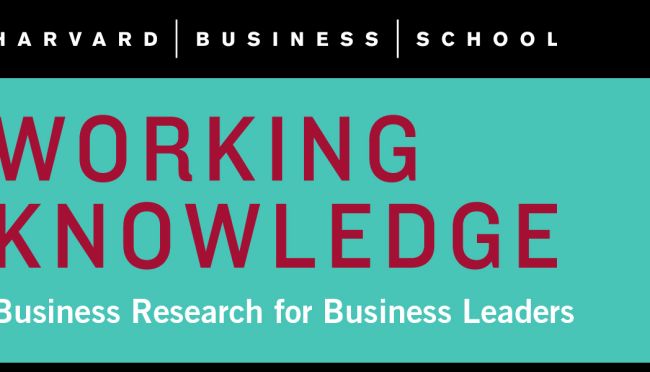
- 24 Nov 2020
- Working Paper Summaries
Accounting for Product Impact in the Consumer Finance Industry
A framework and method for measuring and monetizing product impact across industries, applying it to two competitors in the consumer finance space.

- 01 Sep 2020
- Cold Call Podcast
How to Launch a New Biosciences Product: Start Small or Dive in?
C16 Biosciences wants to replace palm oil, a major contributor to deforestation, with a lab-grown substitute. But CEO Shara Ticku faces a tough decision in bringing the product to market. Jeff Bussgang discusses his case study. Open for comment; 0 Comments.

- 13 Nov 2019
- Research & Ideas
Don't Turn Your Marketing Function Over to AI Just Yet
Lacking human insight, artificial intelligence will be limited when it comes to helping marketers open the black box of market prediction, says Tomomichi Amano. Open for comment; 0 Comments.

- 26 Aug 2019
- Research & Ideas
Lipstick Tips: How Influencers Are Making Over Beauty Marketing
Influencer marketing has quickly become the best way to reach beauty consumers, proving more effective than celebrity endorsements and company ads, according to research by Alessia Vettese. Open for comment; 0 Comments.

- 21 Mar 2019
- HBS Case
The Ferrari Way
Secretive sports car maker Ferrari opens up to Stefan Thomke about how it has bucked industry trends to achieve success. Open for comment; 0 Comments.

- 12 Nov 2018
- Working Paper Summaries
Product Quality and Entering Through Tying: Experimental Evidence
This study empirically explores Google’s decision to tie its new reviews product to the top of its search results, excluding competitors. Results suggest that such "tying" can facilitate dominant platforms’ entry into adjacent markets, even when the tied product is of worse quality compared to existing options.

- 16 Oct 2018
- Working Paper Summaries
Shipping Fees and Product Assortment in Online Retail
This study highlights a strong link between an online retailer’s product assortment decisions and shipping policies in determining purchase outcomes and profits. Consumers are less sensitive to shipping fees than to product prices, but free shipping for orders above the minimum is a strong motivator for increasing average basket sizes.
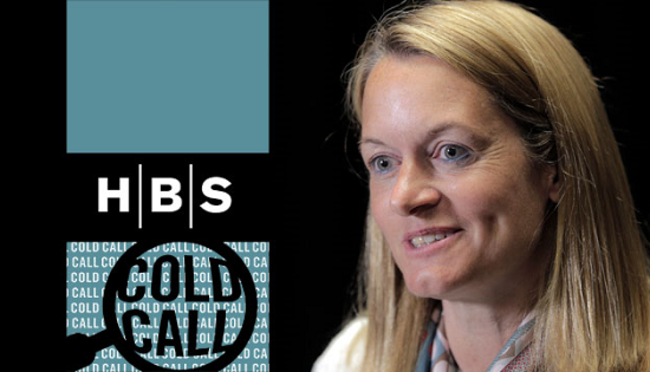
- 24 Aug 2017
- Cold Call Podcast
Does Le Pliage Help or Hurt the Longchamp Luxury Brand?
Longchamp's iconic but affordable Le Pliage bag is a conundrum for the company, explains Jill Avery in this podcast. Does an affordable luxury product work against the top-tier brand? Open for comment; 0 Comments.
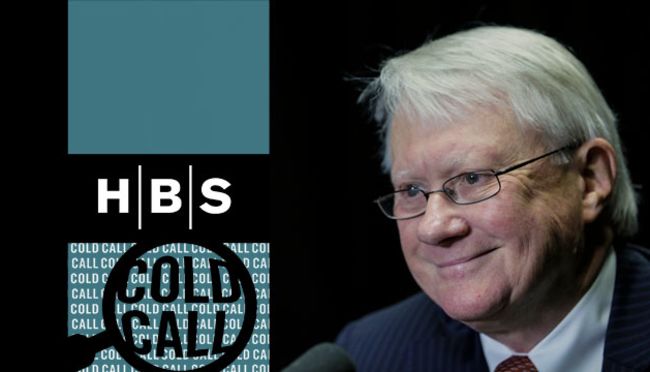
- 26 Jul 2017
- Cold Call Podcast
The Revolution in Advertising: From Don Draper to Big Data
The Mad Men of advertising are being replaced by data scientists and analysts. In this podcast, marketing professor John Deighton and advertising legend Sir Martin Sorrell discuss the positives and negatives of digital marketing. Open for comment; 0 Comments.

- 05 Jun 2017
- Working Paper Summaries
Cellophane, the New Visuality, and the Creation of Self-Service Food Retailing
Offering a visual perception of freshness, the expansion of cellophane packaging material dramatically altered how consumers understood food quality. This paper examines the importance of cellophane as “scientific” and “modern” in the early to mid-20th-century United States. It shows how business strategies helped shape, and were shaped by, cultural narratives about cellophane. Open for comment; 0 Comments.

- 22 May 2017
- Lessons from the Classroom
A Luxury Industry Veteran Teaches the Importance of Aesthetics to Budding Business Leaders
Pauline Brown, a former top executive with French luxury goods conglomerate LVMH Moët Hennessy Louis Vuitton, now teaches a Harvard Business School course called The Business of Aesthetics, which culminates in a competition called “Aesthetic Idol.” Open for comment; 0 Comments.

Psychological Pricing Tactics to Fight the Inflation Blues
Inflation has slowed from the epic rates of 2021 and 2022, but many consumers still feel pinched. What will it take to encourage them to spend? Thoughtful pricing strategies that empower customers as they make purchasing decisions, says research by Elie Ofek.